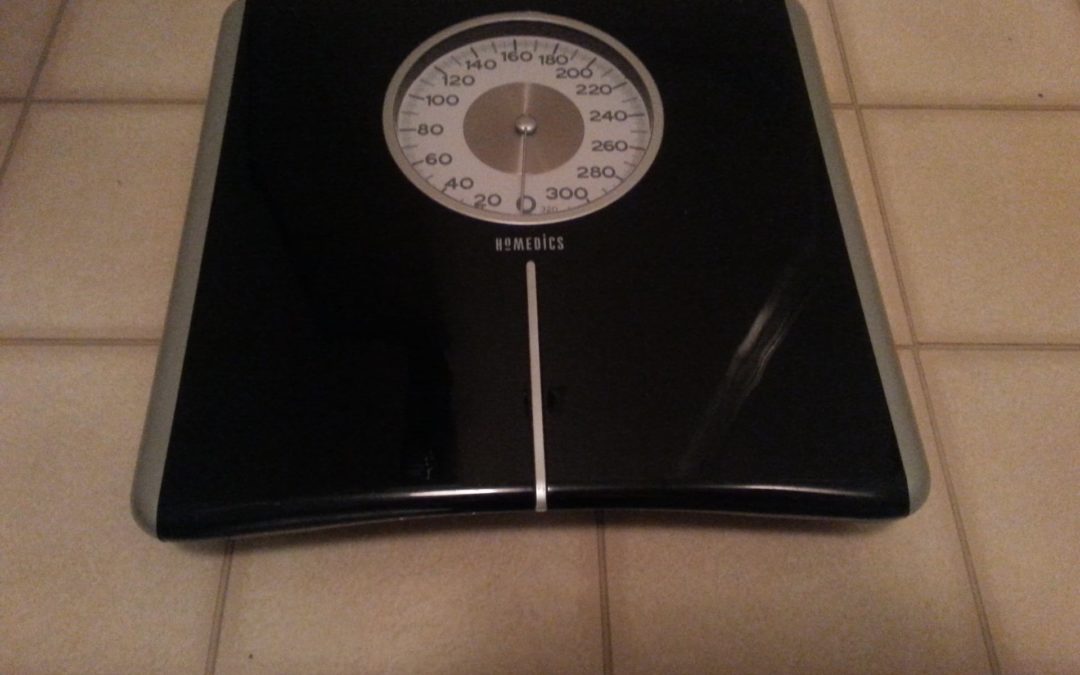By Guest Blogger Allison Chapple, MS/EdS, LPC, NCC
The topic of eating disorders was once thought of as a “teenage girl” issue. As time goes on, elementary school-aged girls and boys are struggling with anorexia and bulimia at an alarming rate. The National Eating Disorder Association (NEDA) reports that 42% of first through third graders want to be thinner and 81% of 10-year-olds are afraid of becoming fat. With those startling statistics, what warning signs of a potentially developing eating disorder should parents be looking for in their children?
Weight loss or dramatic weight fluctuations. Parents might notice between yearly well-child medical visits that their child has grown in height but she has stagnated, or decreased, in weight. While some weight fluctuation is normal, rapid gains and losses might be a sign of disordered eating.
Preoccupation with food and weight. This includes the number on the scale and clothes sizes, calories and other components of food labels (“carbs,” fat grams, sugar, etc.).
Avoidance of situations involving food. Excuses are made to avoiding eating at restaurants or in other social situations, meals might be skipped altogether, or children may throw food away (i.e., pretending to eat lunch at school but actually throwing his lunch away). The child might insist that he is not hungry even though a significant amount of time has passed between meals.
Unusual food habits. Have you noticed that your child has new food rituals such as an insistence that she use certain utensils or plates/cups, cutting or shredding food into tiny pieces, cutting out whole categories of food such as meat, starches, or dairy, or the excessive use of condiments such as mustard, salt, or other spices? Is your child suddenly very interested in cooking or reading cookbooks but will not eat the food she makes?
Disappearing after mealtime. Parents might observe that their child visits the bathroom following meals, might discover telltale signs of vomiting in and around the toilet, and the child might develop scars on his knuckles (called Russell’s sign).
Excessive exercise. Does your child feel anxious if she misses her exercise routine? Has the exercise amount and intensity suddenly increased? Does your child suddenly find excuses to move more (running up and down steps, running rather than walking from place to place, fidgeting)?
Change in dress. A child trying to mask sudden weight loss might wear baggy clothing or jackets to cover up their thinning body.
Withdrawal from activities and friends. Does your child isolate herself lately and make excuses not to spend time with friends?
One of the components of recovery is early intervention. If you have concerns that your child might be developing an eating disorder, it is imperative to address your worries as soon as possible. When addressing your concerns with your child, make sure she understands that you are very concerned but she is not in trouble. Ask your children questions rather than accusing them of their disordered behaviors (i.e., “I have noticed that you seem to be skipping breakfast lately. Can you tell me why you feel like you can’t eat in the morning?”). Your child will likely deny these behaviors and might have to be confronted several times before she admits to struggling. Also, be sure to monitor your child’s internet usage. There are many harmful pro-anorexia and pro-bulimia websites that might give your child dangerous tips about how to lose weight.
If you determine that your child is experiencing disordered eating, contact your pediatrician and ask for a referral to a counselor and dietitian who specialize in the treatment of eating disorders.











